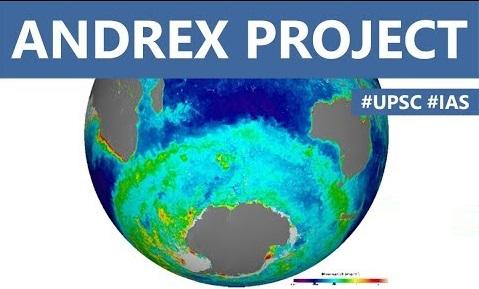Table of Contents
- Scientists have made a new discovery challenging the previous understanding of the link between the Southern Ocean — next to Antarctica — and the atmospheric carbon dioxide levels.
- The project seeks to assess the role of the Weddell gyre in driving the southern closure of the meridional overturning circulation, in ventilating the deep global ocean, and in sequestering carbon and nutrients in the global ocean abyss.



Project
- Researchers studied the ocean circulation and carbon concentration of the Weddell Gyre
- The team studied data collected as part of the ANDREX project (Antarctic Deep water Rates of Export)
- In the Weddell Gyre, the dominant process enabling the uptake of carbon dioxide from the atmosphere
- The researchers reasoned that as phytoplankton in the centre of the gyre grow and sink.

CO2 absorption
- Carbon dioxide is absorbed in the surface oceans
- The Southern Ocean plays a critical role
- It helps scientists understand its role during dramatic climate transitions in the past
- Whether carbon is released into the atmosphere or trapped in the deep ocean, is crucially determined by the transformation of the water from light to dense which is in turn caused by cooling at the ocean’s surface.
Results
- Not related to dense water formation in the shallow seas close to Antarctica, but rather to biological processes .
- The results carry implications for our understanding of how it influences atmospheric carbon
- The findings are important both for our understanding of climate transitions in the past, such as the ice ages, as well as our projections of future climate change.
The biological carbon pump
- The ‘biological carbon pump’ (BCP) contributes to the ocean’s role in taking up and storing carbon dioxide from the atmosphere. Without the BCP the atmospheric concentration of CO2 would be much higher.
Carbon sink
- A carbon sink is a natural reservoir that stores carboncontaining chemical compounds accumulated over an indefinite period of time. The process by which carbon sinks remove carbon dioxide (CO2) from the atmosphere is known as carbon sequestration.
Latest Burning Issues | Free PDF






















 WhatsApp
WhatsApp